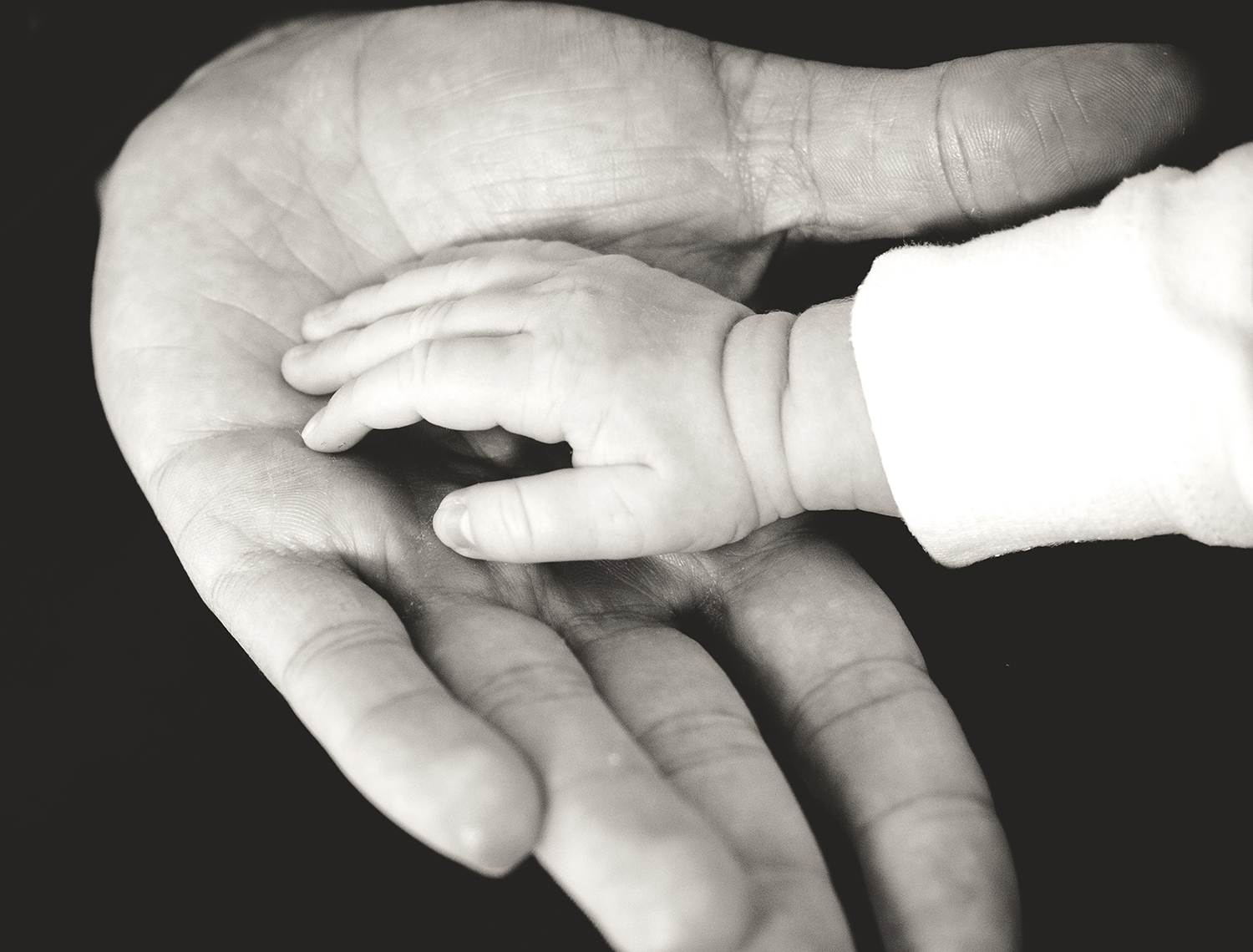Are your children bouncing off the walls lately? Are they getting sassier or fighting with one another? Have you noticed they are having difficulty concentrating or completing their homework? They may have a classic case of spring fever!
Every year during the spring, I commonly observe an increase in energy and a variety of new behaviors in kids. I also listen to parents and teachers who voice concerns about changes in children’s behavior. A child may giggle more, ignore directions, or wind up in the principal’s office for bad behavior. The behavioral shift may be mild or pronounced but usually has adults scratching their heads and wondering “what is going on?”
What is happening?
Springtime brings many environmental changes. The Earth experiences warmer weather, longer days, blooming plants, higher pollen count, growth and new life. In the spring, our daily routines experience a shift as well. We get outdoors more often. We increase our level of activity. With warmer weather, we commonly modify our food choices and meal routines. This time of year also marks the exciting downhill slide of the school year. The environment buzzes with change and a new awakening.
What does spring fever look like?
As the environment is buzzing, we begin to buzz right along with it. Adults often enjoy newfound energy and motivation for increased activity, e.g., spring cleaning, gardening, or exercising. Children tend to express their energy in a variety of ways, e.g., an increase in talking, hyper behavior, giggling, and physical activity.
Along with these behaviors come delays in following directions, attempts to get out of homework or chores, and difficulty following normal routines. Children exhibit stronger desires to participate in fun activities as well as stronger resistance to non-preferred activities. There may also be an increase in breaking the rules or trying more adventurous or risky behaviors. Some children have a much different response as demonstrated by increased irritability or fatigue, or decreased motivation.
What can parents and teachers do?
First, remember this is likely a phase! Most children settle back into typical behaviors and normal routines. With this in mind, here are some helpful approaches you might like to try.
- Adjust your expectations
Be aware of a child’s new behaviors, then consider how to allow the behavior to occur naturally while getting through daily routines. For example, when the bedtime routine takes twice as long because your child dilly-dallies or giggle-fests nightly, start the bedtime routine earlier in the evening. Allowing extra time will ease the pressure on everyone. - Keep your normal rules and routines
Although your child may push against normal routines or house rules, continue to maintain the foundation you have established. As children act and behave in new ways, they rely on parents to maintain the limits. Homework still needs completing, teeth need brushing, helmets need to be worn, everyone treats each other with respect, etc. Your expectations about maintaining routines may shift a little, but the end result remains the same. Maintaining household rules and routines with a nurturing approach will ensure this phase exists as merely a passing phase and not the beginning of new challenging behaviors. - Allow for more activity
Incorporate more play time, outside activities, and laughter in the day. Let kids exhaust their energy in play. You can incorporate a large variety of activities in spring such as bike riding, planting a garden, building a birdhouse, collecting insects, and playing outside games. Consider altering the afternoon schedule by allowing your child to play outside a bit before completing homework and observe whether it leads to less resistance and better concentration. You can also try the opposite: Have your child complete homework right away so you can take a family bike ride before dinner. Observe whether this helps to increase motivation and efficiency. - Have fun with it
If you can remember this is a seasonal phase, have fun with your child’s silliness and extra energy! When your child is agitated and whining about doing homework, try being playful: “Oh no, did you forget that you’re a great student, and you always finish your homework?” Make sure to use a friendly tone of voice and not a sarcastic, harsh tone or it will have the opposite effect. Making extra effort to engage in fun activities and silliness will honor the natural effects of spring and enhance bonding opportunities with your children.
If you experience your children demonstrating spring-fever behaviors, first identify the changes you observe. Then, after remembering it is likely a phase, encourage more outdoor activities, try adjusting routines and expectations slightly while maintaining the foundation of your established rules and routines. Best of all, take the opportunity to join your kids in the fun!
Photo by Brandon Morgan on Unsplash and reproduced under Creative Commons 2.0



